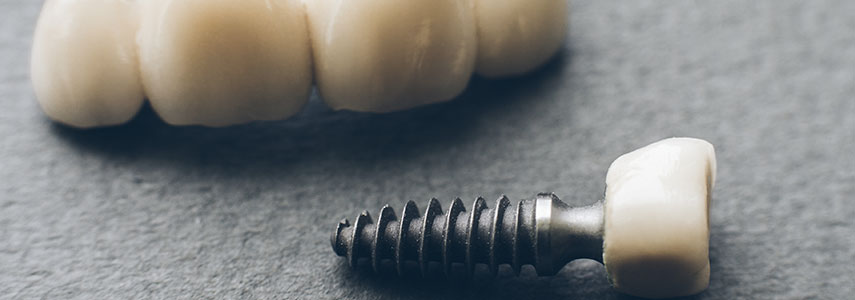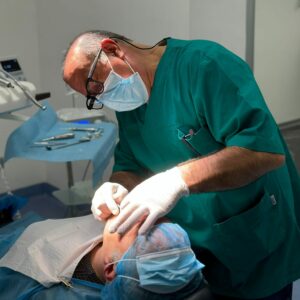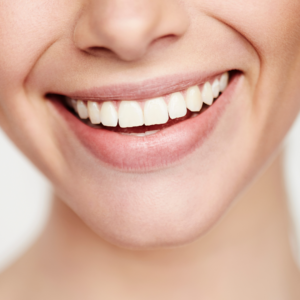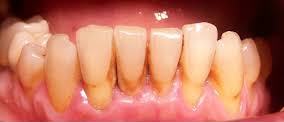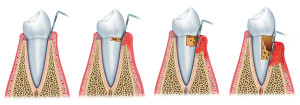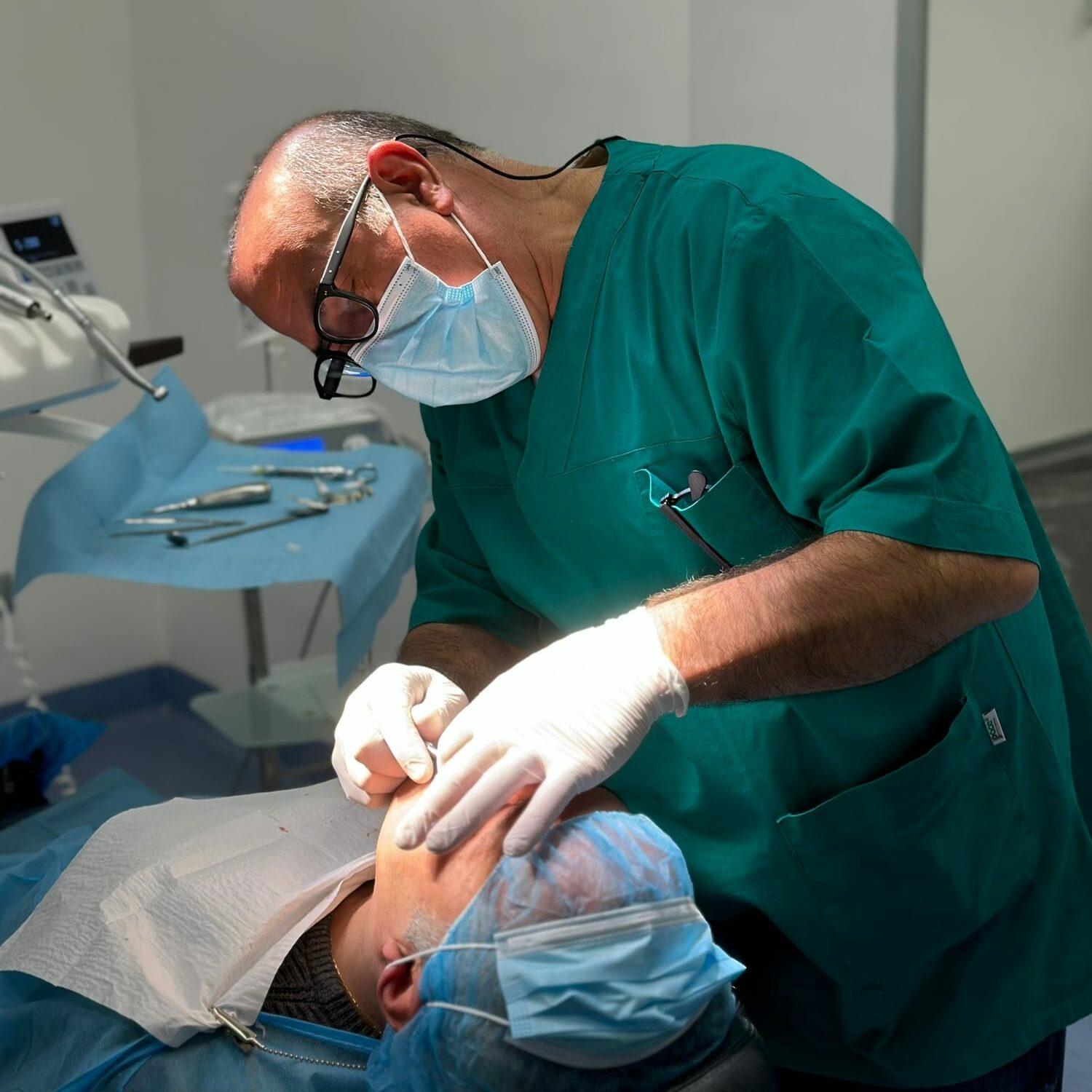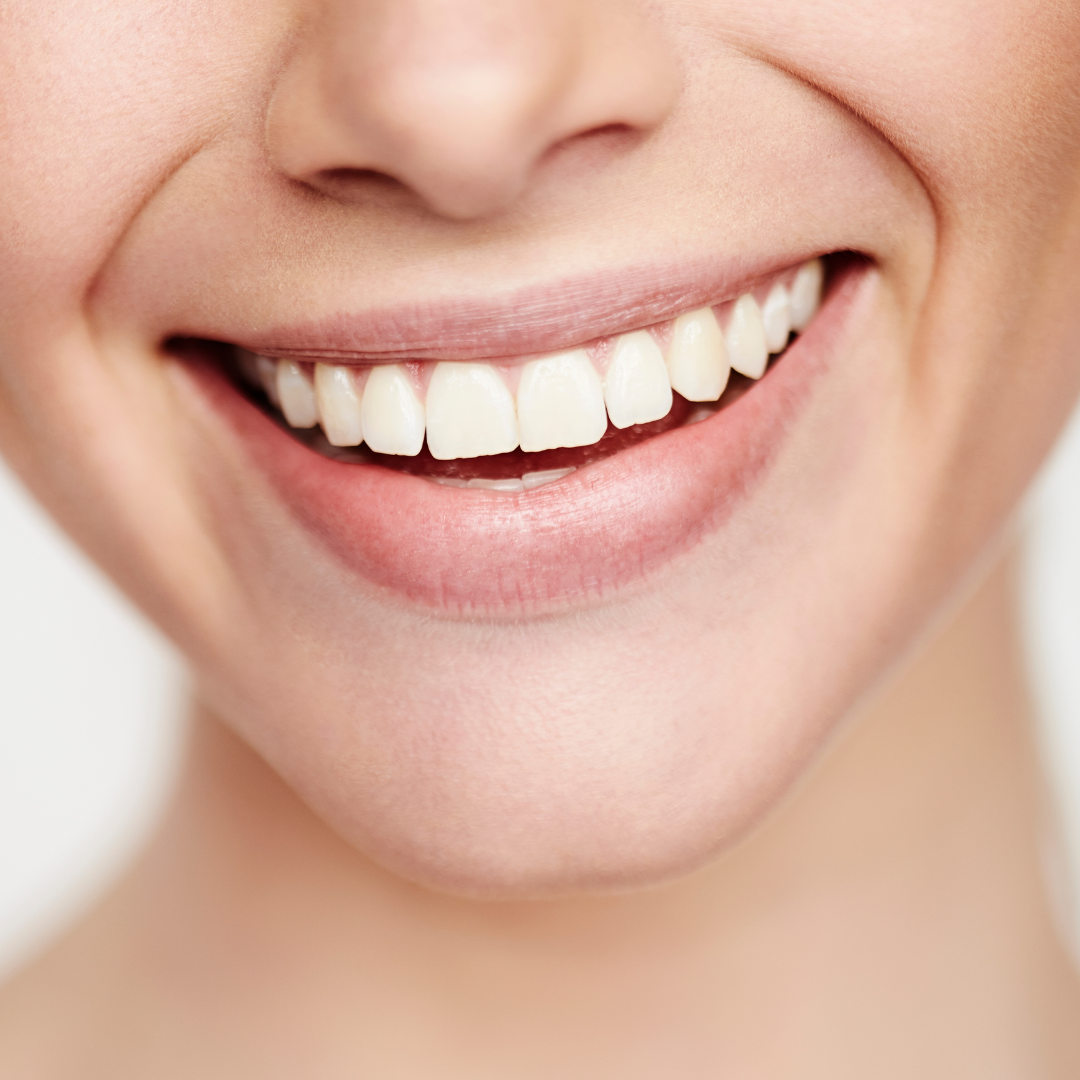One of the causes of implant failure is peri-implantitis, ie the infection of the dental implant and the consequent loss; this is why constant monitoring of the bacterial flora after an implant surgery is important.
Oral microbiota after implantology
Dentistry has been focusing in recent years on the importance of the oral microbiota and on how its constant monitoring can prevent many of the most common dental diseases, such as caries and periodontitis.
However, the scientific literature does not yet report in detail how the bacterial population around dental implants is made up and whether there is a difference between the microbiota of a patient who has performed a post-extraction implant surgery and that of another patient who instead underwent an implant surgery after bone healing following the extraction.
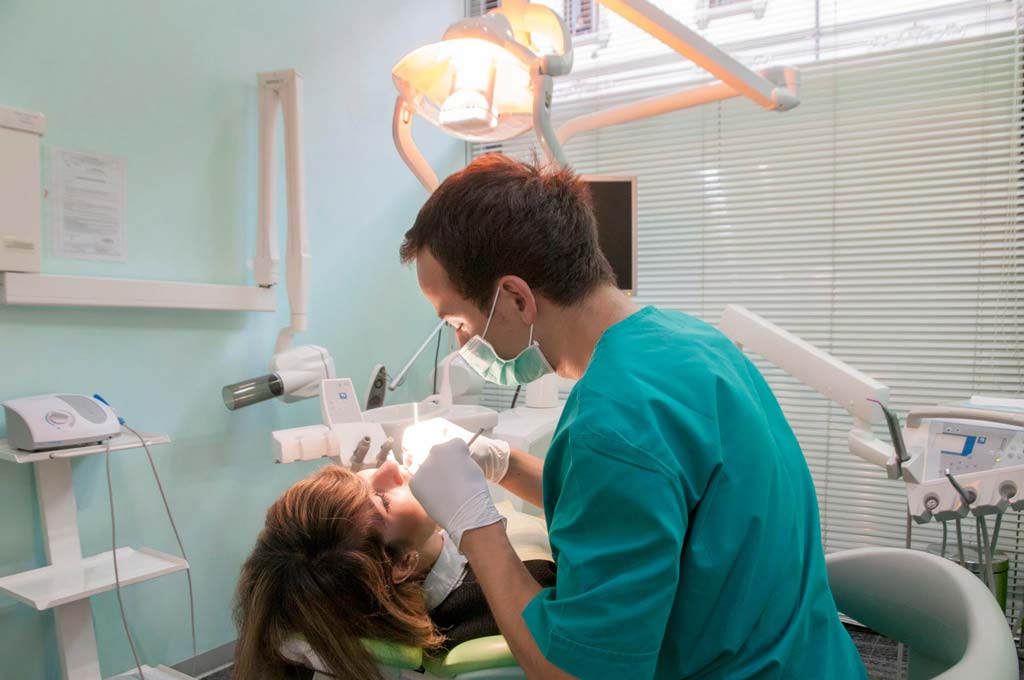
A study on the bacterial flora after implant surgery
In a recent research, the results of which were published in the Journal of Dental Implant of January-June 2020, the composition of the microbial flora in the oral cavity was analyzed before the placement of dental implants and subsequently, during the various phases of implant therapy.
The patients from whom supragingival plaque samples were taken were divided into patients undergoing immediate post-extraction implantology and patients undergoing a late implant surgery.
Microbiological samples were taken:

- pre-operative, before the antibiotic regimen;
- 1 day after the first surgical phase;
- when the suture is removed (7-10 days after surgery);
- 2 weeks later;
- to the second surgical phase;
- 2 days after connecting the abutment;
- the day of the placement of the prosthesis;
- 2 days after the placement of the prosthesis;
- at the 1 month recall (follow-up);
- at the recall of 2 months.
The results on the composition of the battery flora
Streptococci, which are normally present within the oral cavity, have reached higher than average levels:
- Streptococci: 36% in late implants and 35% in immediate ones compared to the rest of the bacterial flora;
- P. gingivalis: 21% in late implants, 22% in immediate implants;
- Fusobacterium; 25% in late implants, 24% in immediate implants;
- An important presence of organisms such as Porphyromonas gingivalis and Fusobacterium, which have pathogenic potential, has been found.
An important presence of organisms such as Porphyromonas gingivalis and Fusobacterium, which have pathogenic potential, has been found.
It can be concluded that the method of insertion of the implant, immediate or late, does not alter the peri-implant bacterial flora. The microorganisms present before the intervention are constantly present throughout the entire treatment phase.
However, it is important to consider that the preventive evaluation of the oral microbiota and its constant monitoring could help to recognize the potential of peri-implantitis and its prevention.




